Help Us Build a Forever Home for Wildlife!
Pacific Wildlife Care is thrilled to announce our plans for a new, permanent home in San Luis Obispo. Located on a beautiful 10-acre property, the Kim and Derrel Ridenour Wildlife Rehabilitation Center will enable us to better serve our community’s wildlife. Our comprehensive goal of $11.5 million will secure funding needed for the construction of this transformational project and create a sustainable future for PWC. Thanks to the generosity of our supporters, we’ve raised $5.7 million towards the $7 million needed for initial planning and construction needs. Additionally we have raised $3.8 million in legacy gifts to help create a sustainable future for PWC.
With construction starting in early 2025, your support is vital. Donate today to help us create a brighter future for wildlife in San Luis Obispo County.
Behind the Scenes at PWC
Pacific Wildlife Care (PWC) has been an advocate for wildlife in San Luis Obispo County since 1984.
From that time we have grown from a small group of dedicated home rehabilitators into a successful non-profit organization with a well-equipped rehabilitation center, a full-time wildlife veterinarian, a small paid staff, and nearly 200 volunteers. In addition to the Rehabilitation Center, which is open every day of the year, we maintain a Wildlife Hotline that the public can call to report distressed wildlife (injured, sick, orphaned) and to receive information about our local wildlife.
The Latest from PWC
Pacific Wildlife Care News

Red-tailed Hawk 24-1516: The Final Chapter
The multi-episode saga of RTHA 24-1516 had all the dangers and plot twists of a summer blockbuster. The nestling hawk […]
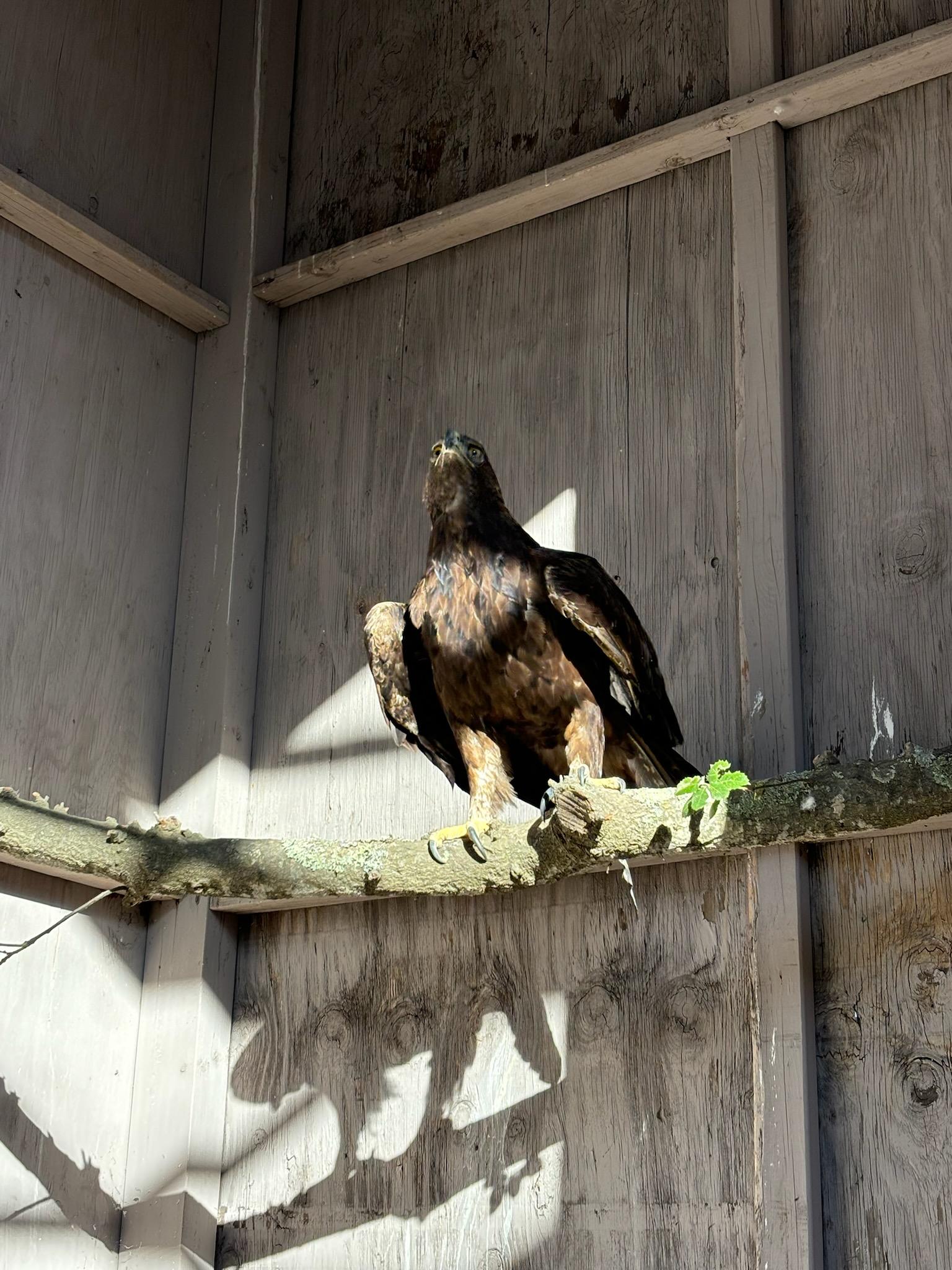
Golden Eagle 24-1834: The Mystery and Challenges of a Very Large Bird
The story of Golden Eagle 24-1834 was a medical mystery full of clues, detective work, challenges, and one red herring. […]
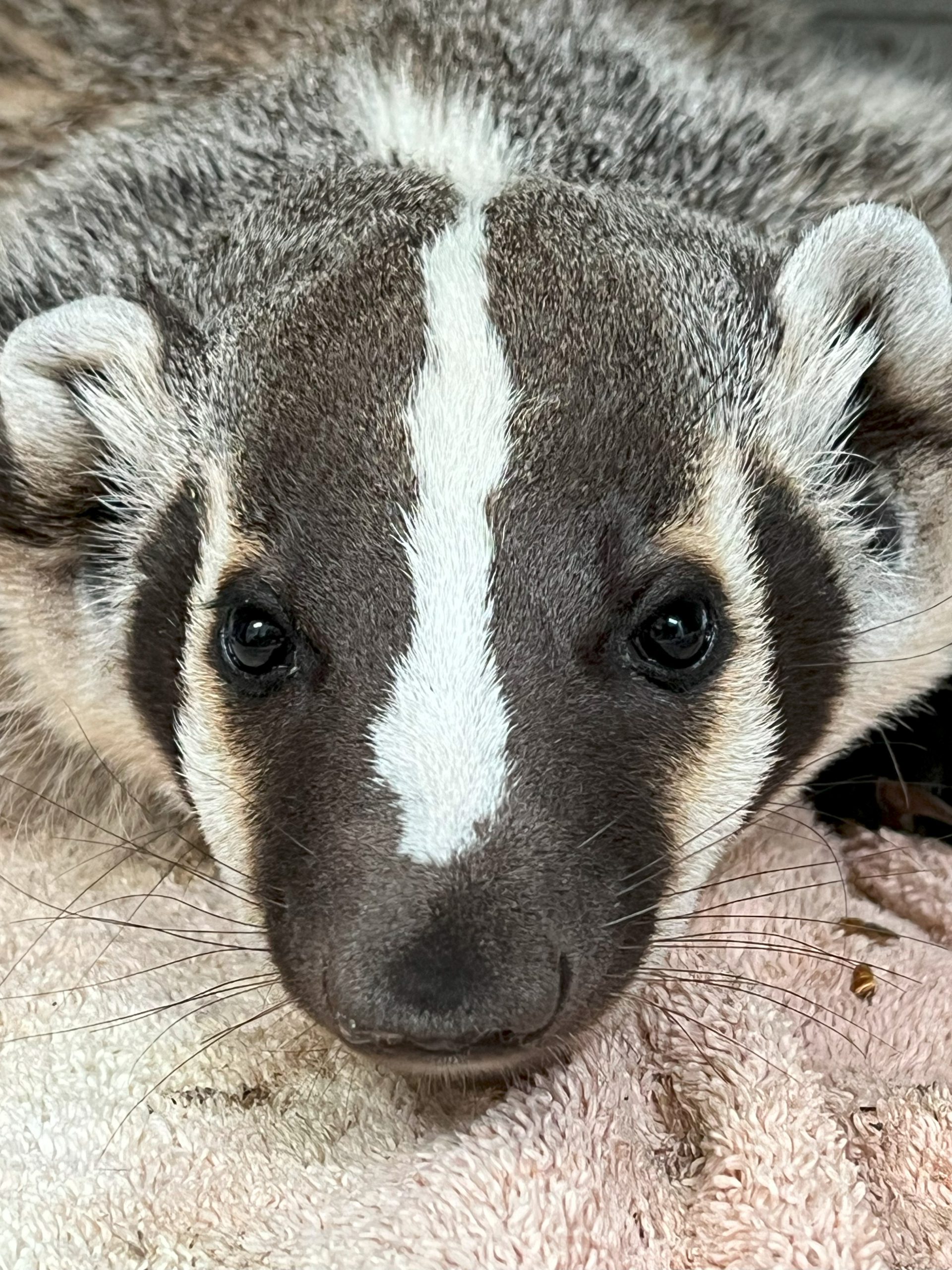
A Very Good Badger
“Charming” is not a word used in wildlife rehabilitation, but everyone was secretly charmed by American Badger 24-936. More precisely, […]
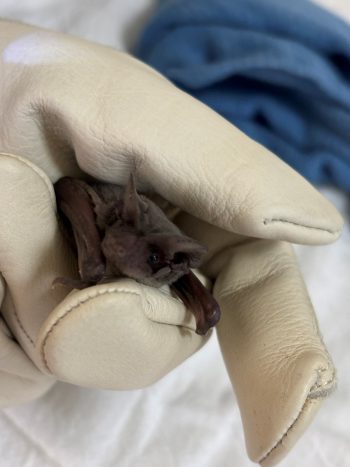
The Summer of Baby Bats
In the sweltering July heat, baby Mexican Free-tailed Bats dropped to the ground like unripe fruit. These tiny mammals need […]
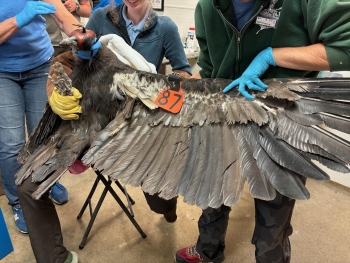
A First for PWC!
On Friday, July 26th a California Department of Fish and Wildlife Services biologist brought an endangered California Condor into PWC’s […]
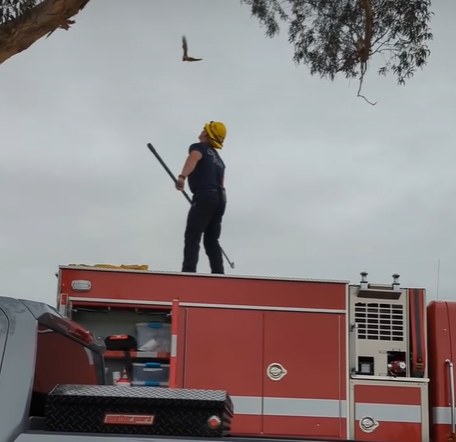
Hanging by a Wing
Such an innocuous thing – a piece of string, likely from a kite. Innocuous, maybe, to the human eye, but […]
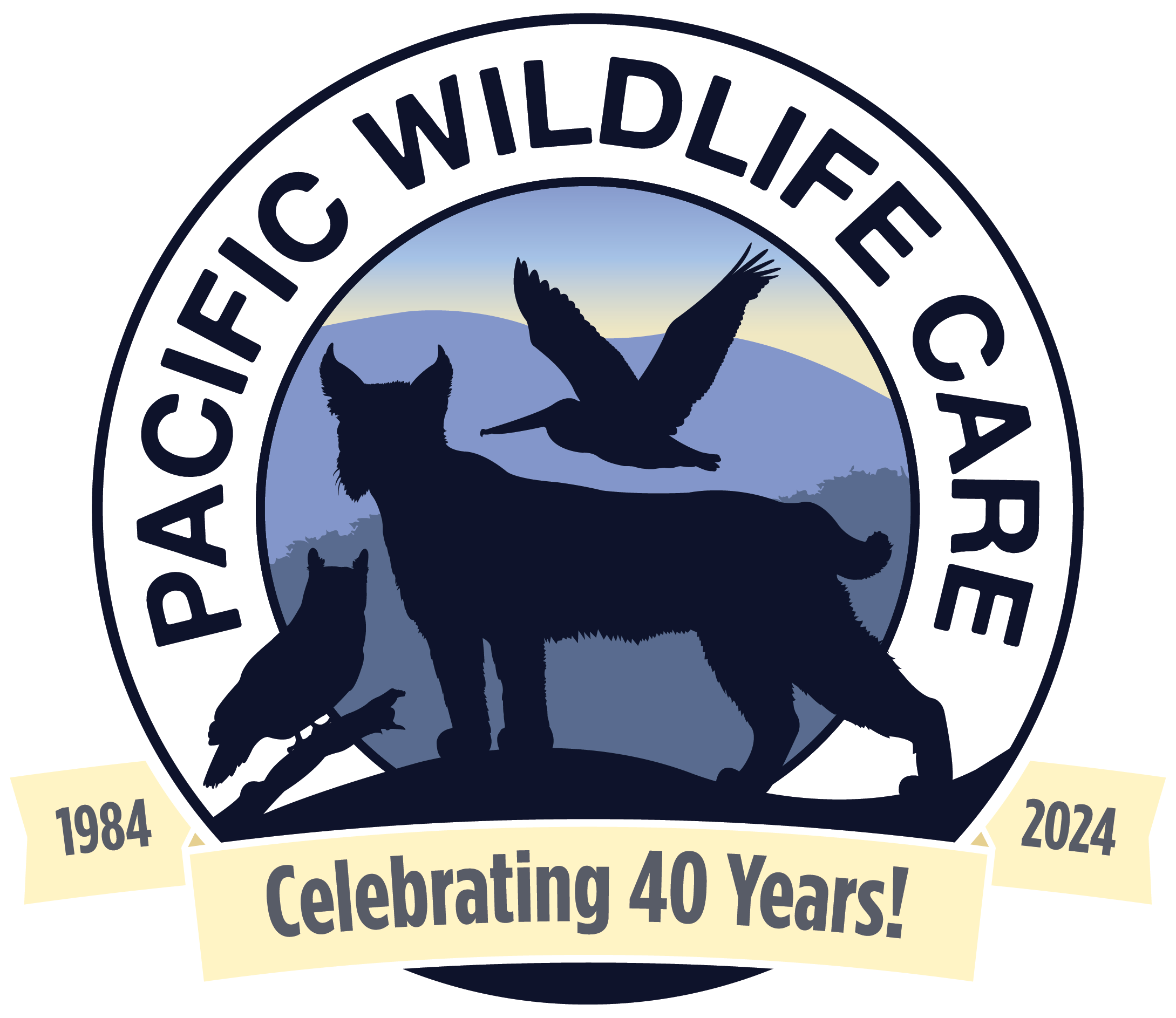






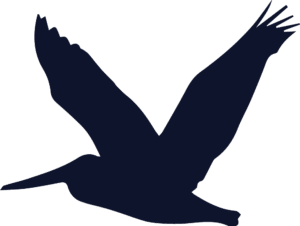
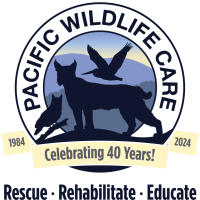
Facebook Posts
Celebrate Reptile Awareness Day! SLO County is home to many species of reptiles, including lizards, snakes, and turtles. These critters serve important roles as predators (of insects and rodents) and prey.
Did you know the western fence lizard, a common resident in SLO County, is also a disease-fighting superhero?? When ticks latch onto a fence lizard, a protein in the lizard’s blood neutralizes the bacteria that causes Lyme disease so the tick can no longer spread the disease!
A 2022 study estimated that, globally, more than 20% of reptile species are at risk of extinction. Let’s help our local reptiles:
❌ Don’t use garden netting – reptiles and other wildlife can get tangled
❌ Don’t release reptile pets into the wild (it’s illegal and inhumane) – be a responsible pet owner and learn about pet reptiles and their needs before buying them
❌ Don’t keep wild reptiles as pets (it’s illegal without proper permits)
✅ Do keep your cats indoors
✅ Do plant native plants and keep some leaf litter on the ground for added habitat
✅ Do skip the pesticides
🐍 Not all snakes are venomous! Have snake questions? We are lucky to have Dr. Emily Taylor and her team at Central Coast Snake Services – they provide FREE snake ID and humane rattlesnake removal/relocation! Learn more at centralcoastsnakeservices.com.
🦎 Need help identifying other reptiles you see? Try posting your observation to iNaturalist.org!
We treat injured reptiles so if you see a reptile in need, give our hotline a call!
#ReptileAwarenessDay #Reptiles #Lizard #Snake #Turtle #WesternFenceLizard #CentralCoastSnakeServices ... See MoreSee Less
🗓 Mark your calendars! Our friends at the California Native Plant Society are having a Native Plant SALE on November 2nd from 10am - 2pm at Pacific Beach High School in Los Osos, and pre-ordering plants starts today! Check out cnpsslo.org for more info and helpful resources.
Adding native plants to your garden is a great way to attract birds and butterflies. Fall is a good time to start planting, taking advantage of the cooler temps and (hopefully) wetter soils. Native plants are also sold at various nurseries around SLO County, ask your local nursery for more details.
#plantnative #nativeplants #pollinators #wildlife ... See MoreSee Less
We are wrapping up Vet Tech Appreciation Week with a few words from our Director of Animal Care, Shannon Riggs, and our Center Director, Vann Masvidal!
Vann Masvidal, our Center Director, says “in taking a moment to recognize our technicians during National Veterinary Technician Week, I think that grouping them in with ‘regular’ vet techs- most of whom work in private veterinary practices where the caseloads and variety of species cared for are fractions of what we see at our clinic- doesn’t quite do them justice. Having personally worked as a veterinary technician in both private practice and wildlife rehabilitation nonprofit programs, I can verify that the demands placed upon wildlife techs are vastly greater than those placed upon those who work in the private sector. From answering phones to wrangling raccoons, monitoring anesthesia to cleaning cages, our technicians really do it all, 365 days a year. Additionally, I know of no other wildlife hospital where the variety of animals cared for varies as greatly as it does at PWC, which requires our techs to know (and do) more than techs at other wildlife centers. Our technicians are among the best anywhere and PWC is forever grateful for their service.”
Shannon Riggs, DMV says “our technicians have a variety of experiences and interests. It’s great to see them continue to learn and improve care for our patients. Thank you Kathy, Heather, Sophie, and Ellie!”
Once again, we are so grateful for the hard work, time, and passion our Rehabilitation Technicians put into PWC!! THANK YOU! 🦉🌱🩵 ... See MoreSee Less
Meet Our Vet Techs!
Heather is one of our Rehabilitation Technicians at PWC! She also orders a lot of supplies for the center and manages the Amazon wishlist, ensuring that our staff and volunteers have the items they need to help our patients return to the wild. She has a soft spot for squirrels and does a lot of care for orphaned baby squirrels and baby opossums.
Heather grew up in southern California but found herself on the central coast going to school at Cal Poly, San Luis Obispo. She spent much of her time taking wildlife conservation and biology classes as well as volunteering at PWC and the Marine Mammal Center. After graduating, she became a full-time rehabilitation technician and has been with us since 2020.
She loves learning about the natural history of species we receive in care and using that information to improve animal welfare in their time spent at PWC. Knowing a patient’s diet, environment, and natural behaviors are all crucial when it comes to the rehabilitation process. She is really proud to be a part of an organization that makes its best effort to consider all of these factors, minimizing animal stress and providing quality care for our patients.
Heather is also happy to be a part of a community that cares so much for each other and our wildlife. It really does take a village, and everyone plays such an important role into bringing in the animals that need help and getting them back out to where they belong. Heather says that she works with so many wonderful people through Pacific Wildlife Care, and that she is so glad to know that there are so many folks willing to do whatever they can to help others in need!
Thank you so much Heather for your passionate, quality work. We are so grateful for you here at PWC! 🐿🐾 ... See MoreSee Less